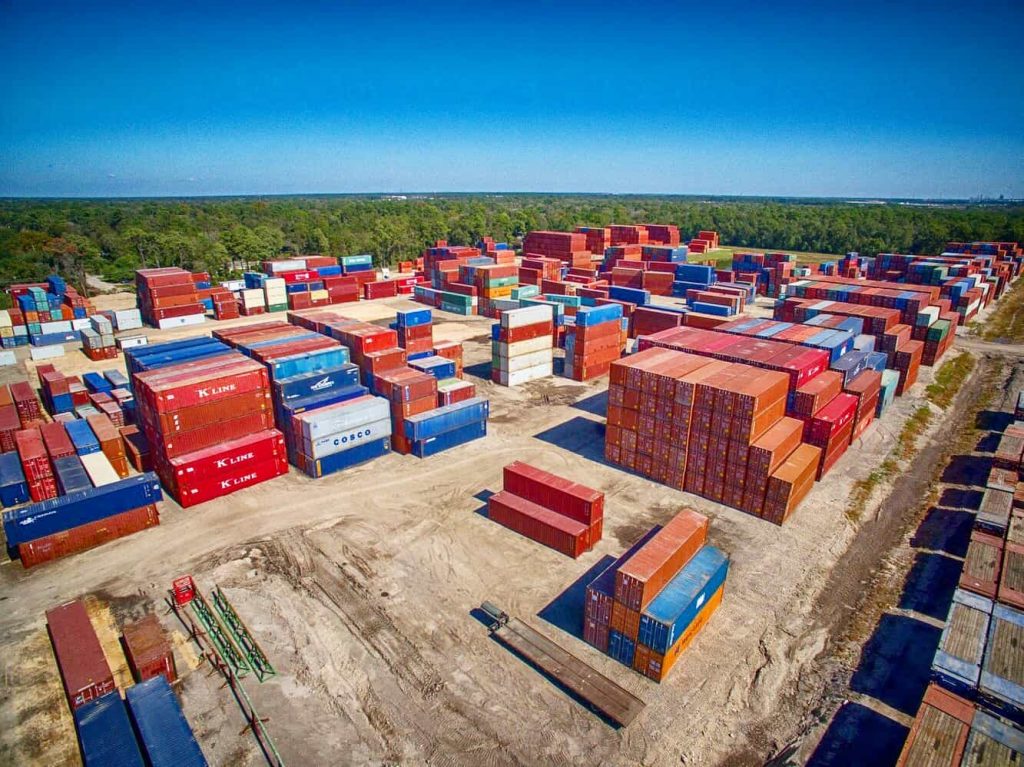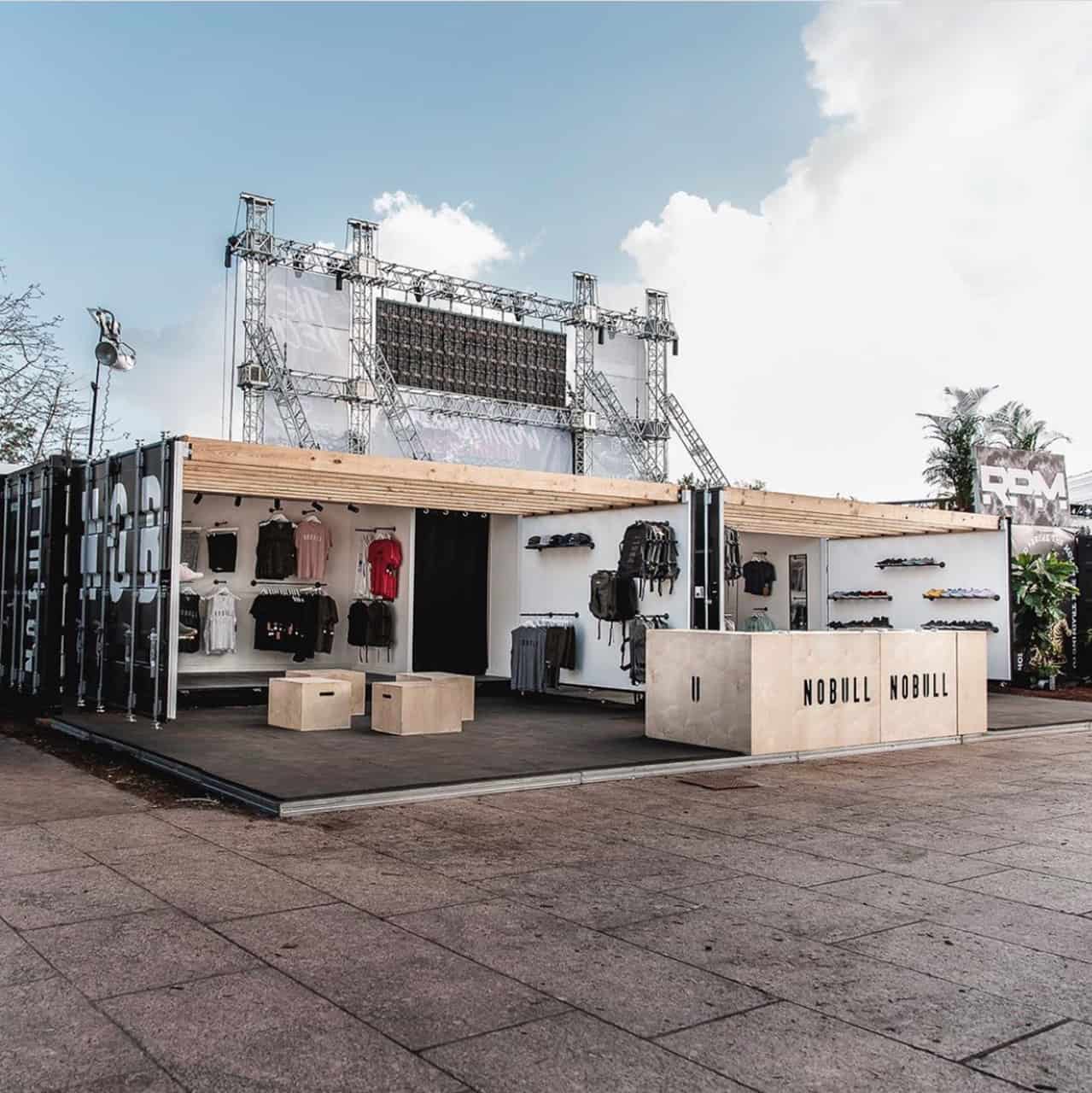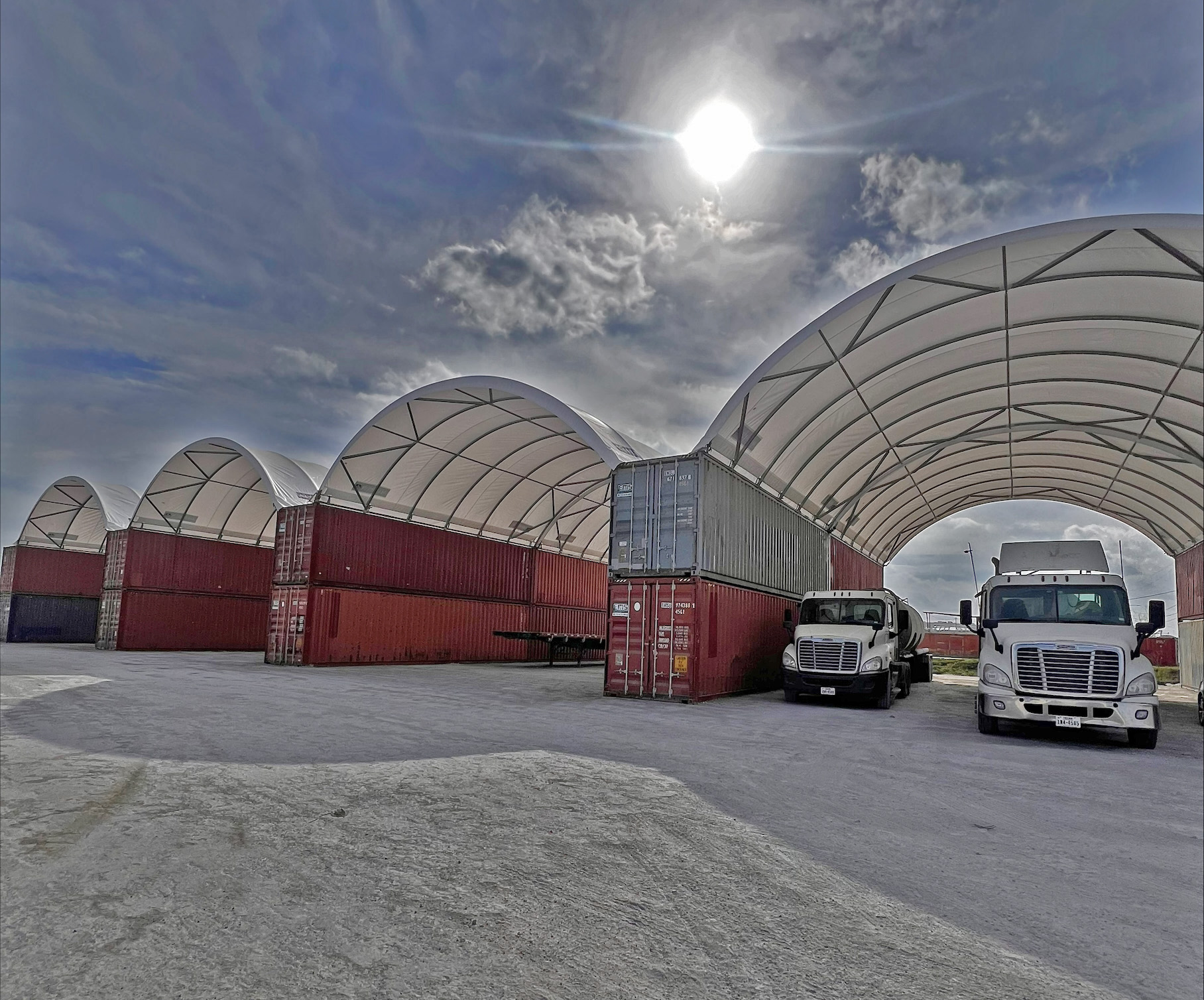Why would you want to buy freight containers?
There is a multitude of reasons. The most obvious starts with wanting to ship cargo somewhere else. Other reasons are more creative. As an example, the University of Wales is developing a ‘box village’ that will be made entirely from freight containers.
That is part of the beauty of buying a container. Yes, it is a metal box, but you can do a lot with a metal box that is weatherproof. In fact, you could say that the use of a freight container is only limited by your imagination. You can find other ideas here.
No matter what you intend to do with your freight container you will need to make sure you read this complete guide BEFORE you buy.
Freight Containers – the Basics
Perhaps you have seen freight containers stacked near a port, pulled by a lorry, on a building site or even in someone’s backyard. So you already know what they look like. Did you know though, that not all freight containers are the same?
Dimensions
Freight containers are normally 10, 20, 30 or 40ft long. The standard height is 8 or 8.5 ft. A standard 40ft container can hold 40,000 pounds in weight.
There is standardization in the shape of ocean-going freight containers. This is rectangular. An alternative to the standard dimensions is the high cube. This is better suited to certain types of cargo.
It is also worth noting that the container can be open or closed, ventilated or insulated, and even refrigerated. The key determining factor is, of course, the cargo.
Material
No prizes for already knowing that freight containers are made from metal. Bonus point for knowing they are made from steel. However, the real prize is that they are made from a special type of steel designed to last longer outdoors.
This steel is called COR-TEN. When you see a freight container looking rusted you may think that the metal is just like any other metal that corrodes outdoors.
However, this is part of what makes this steel alloy so special. It forms a rust-like outer layer that then serves to protect the rest of the metal from corrosion.
Lifespan
In general, a standard freight container has a lifespan of 10 years. After which it is sold onto the used market.
A second-hand container has another 10 years or so of use. Of course, it depends partly on how it is used and whether it is maintained in any way.
There is such a thing as a single trip container which means they are only used once and then sold on. These containers could be used for 20 to 25 years.
How Much Do Freight Containers Cost?
New freight containers tend to have a more standardized price range and vary between $3000 and $5000 or sometimes more. It is possible to have containers built for you to special dimensions and specifications but obviously, that comes with higher price tags.
Used containers can be as cheap as $1000 or cost upwards of a few thousand dollars. The key to remember with freight containers is that it is a buyers market. There is no shortage of containers. The limited life-span of using a container commercially means that there is always a steady supply to the second-hand market. However, like any used product, you need to do your due diligence before purchase.
Where Can I Buy a Used Container?
The first thing to know when buying a container is that it is much better to buy locally. This will save you a small fortune in transportation costs. It is unlikely you will be able to buy internationally because the shipping cost will be too expensive. That said don’t discount the possibility of free transportation if you are buying locally. Always ask and always negotiate.
EMS is an excellent place to start your search. You can browse the website or get in touch with further questions. An alternative idea is to search for used containers on local online websites.
Of course, one of the best ways is to call ahead and make an appointment at a shipping depot like EMS where you can see many containers on a single visit.
Buying Second Hand – Top Tips
Although containers are extremely robust they are certainly not indestructible. You will need to physically inspect the containers. Follow these tips to make sure you get a good buy.
1. Outside
Check for dents and any scrapes in the exterior walls. It’s also important to check if the walls are intact or bent out of shape. You will expect trust but make sure it is not severe and with weak spots.
2. Interior
Get inside and have a good look. Allow your eyes to adjust to the light or even better take a torch with you.
Check for weak spots. Look for holes and dents. Look for gouges any signs of leaks. Note if there are any unusual smells. There will always be odors so just make sure you are happy with how the container smells.
3. Roof
Make sure you inspect the roof. In particular, check the corners for damage as this is where the container is most likely knocked and hit when moving.
Once again you are looking for holes and severe scrapes and general signs of wear and damage.
4. Doors
Make sure the doors open and close as they should. Avoid containers with ceased doors and with damaged seals.
Freight Containers – Where Will Yours Go?
Buying freight containers is not as difficult as it may seem at first. Now that you are armed with this guide you can continue to gather more information when you are ready to make a smart purchase.
If you have questions please contact us here.










